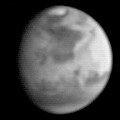 First MGS image of Mars
First MGS image of Mars
By the end of March, 1998, Mars Global Surveyor had reduced its initial 45-hour orbit by aerobraking to an 11.6-hour orbit, passing about 106 miles (170 kilometers) above the surface at closest approach and about 11,100 miles (17,864 kilometers) at its farthest distance from the planet. At this point, the aerobraking manouvers were interrupted to start orbital science investigations.
First targets for investigations were selected for public interest: The landing sites of the Viking 1 and 2 spacecarft as well as the Mars Pathfinder, and the Cydonia features of public interest, notably an interesting feature called the Mars Face.
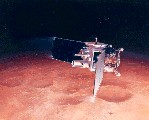 MGS Spacecraft
MGS Spacecraft
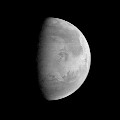
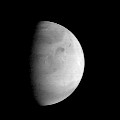
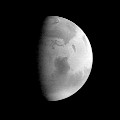
Images from August 20, 1997:
Chryse,
Elysium,
Syrtis Major parts of Mars
seen
Images from Mars orbit will be added here as soon as time permits.
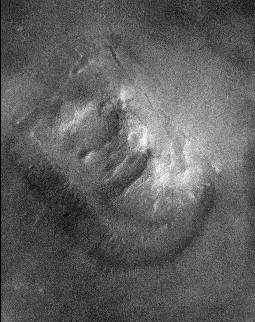
| MGS has now taken a first hi-res image of the Mars Face and revealed that it is probably an interesting mountain or mesa; no signs for an artefact are obvious. |
More interesting images:
After having obtained these interesting pictures, Mars Global Surveyor went into a month-long Solar Conjunction mode, as the orbital motions of Earth and Mars let the red planet vanish behind the sun in May 1998, so that communications became impossible. See MGS Status Report of May 1, 1998.
MGS resumed its science mission later in 1998, and as of June, 2003, is still active in Mars orbit, busily acquiring pictures and data.
![[MGS logo]](Pics/mgs-logo.jpg)
Last Modification: April 13, 1998